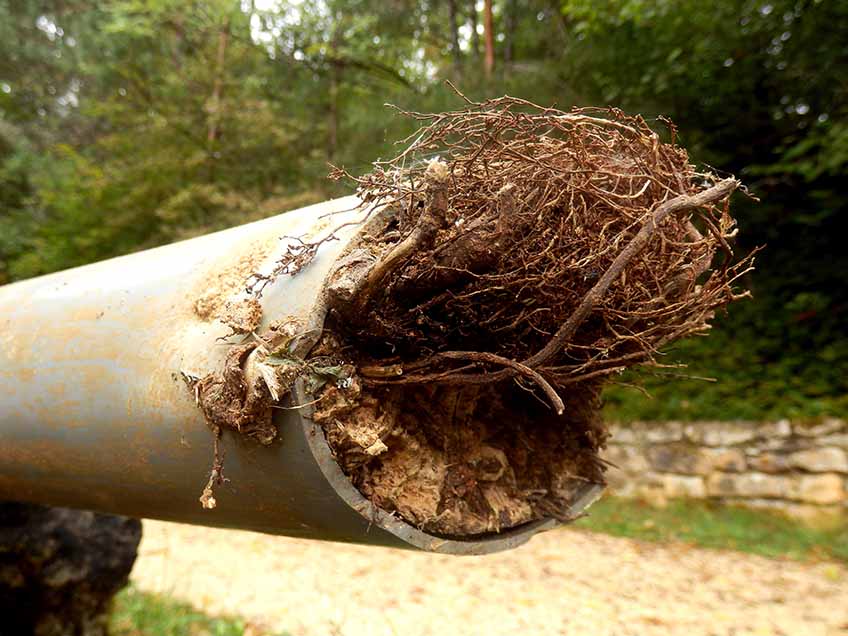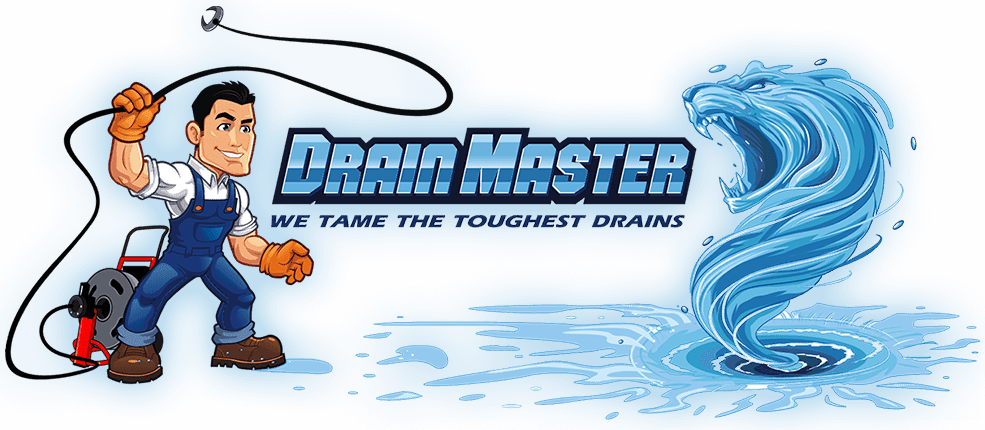Red Flags of Tree Root Intrusion in Your Drain Pipes

Trees are loved for their shade and beauty. However, not many homeowners are aware that their roots can do a number on their plumbing system, particularly the drain pipes. When left neglected, intrusive tree roots can penetrate the pipes, causing damage and a clogged drain.
At DrainMaster, we’re here to help you get ahead of tree root intrusion. Here are warning signs you should call for professional drain cleaning in Columbus, OH, as soon as possible.
Slow Emptying Sinks and Showers
Tree roots continuously look for water and nutrients found in your drain pipes. They can force their way into the pipe cracks, expand inside, and form a blockage. If your sink, tub, and shower take forever to drain, tree roots have likely infiltrated your pipes. Have a trusted drain cleaning company inspect your pipes to determine the exact cause of the problem.
Foul Odors
Persistent odors from your drains may also indicate tree root intrusion in your pipes. That’s because organic matter like food scraps decompose over time and latch on to these roots. This, along with stagnant water, will emanate unpleasant smells into your home. Seek drain cleaning services when this happens.
Toilet Backups
When your toilet backs up frequently, you may need more than drain snaking to fix the problem. Tree roots in your drain pipes spell bad news for your toilet because they trap toilet paper and other debris, leading to a severe blockage. Don’t wait until it’s too late, and get professional assistance as soon as possible.
The experts at DrainMaster will help you protect your drainage system from the troubles caused by invasive tree roots. Once you spot any of these red flags, don’t hesitate to contact our team. We have the necessary tools and skills to address tree root infiltration efficiently. Get in touch with us today to schedule an appointment.

